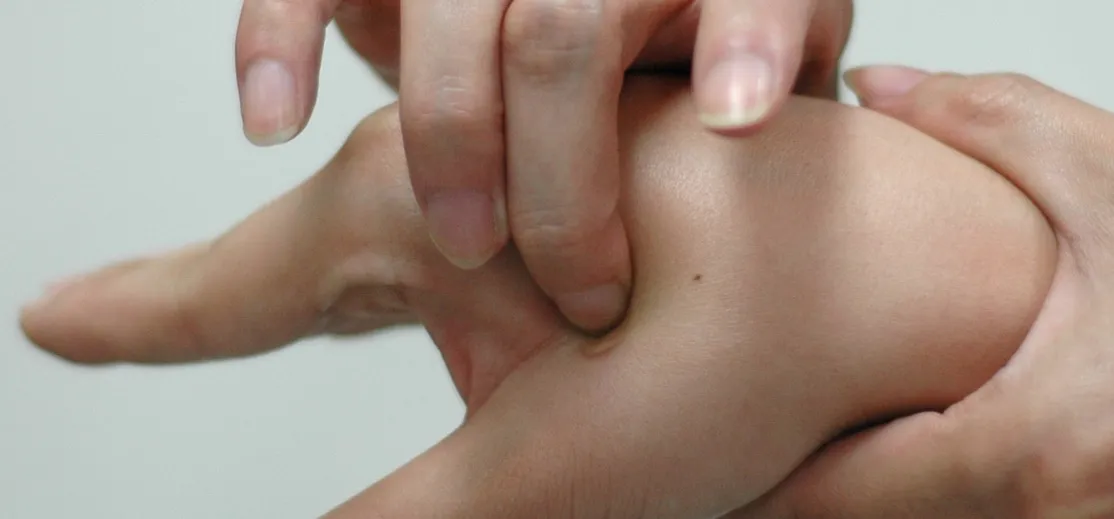Developing an imperceptible lie is difficult, especially when you're lying right to someone's face. Thanks to smartphones, getting people to trust you is now easier than ever. You can craft a lie in seconds and hit send, all without ever seeing their untrusting faces.
Yet saying the wrong thing can make your digital lies easily detectable. Once you know how they can spot your lies, you can move onto actually crafting undetectable ones, and here's a few quick tips to get you started.
Tip #1. Don't Repeat Yourself
Think about your last lie. Was there any part of the fake story that you got particularly worked up over? Maybe a certain phrase you kept saying? When we want people to believe what we're telling them, we tend to use repetition and emphatic language.
We work stronger adjectives into our sentences, attempting to draw attention to certain points of the story. This clues readers into the fact that something's wrong.
Make an effort to keep repetition to a minimum when you've got a lie to tell. Rather than hammering home the fact that you didn't do anything or go anywhere last Friday night, simply text your friend that you stayed in. The truth only needs to be stated once, so do the same when lying.
Tips #2. Make It Personal with Pronouns
Lies aren't fun, so it makes sense that we wouldn't want to be part of them. Yet it's important to mention that you're involved by referring directly to yourself. Use pronouns when typing out the story, responding to questions with "I", "my", and "we".
Be selfish and talk about yourself. Answer questions in the form of "I really enjoyed sitting through that planning meeting", not "The meeting was enjoyable."
Tip #3. Answer Every Question
Ever receive a text from your significant other that clearly dodges your question? Chances are, they're hiding something. You know what your mind immediately jumps to when your friends RSVP to your party with a "maybe", so take pains to give concrete answers when asked a question.
If your mom asks how work is while you're off on a mental health day, it's better to reply with "It's going well" than nothing at all.
Tip #4. Get Specific—But Not Too Specific
Another easy-to-spot tendency of liars is the general, vague response. When your boss asks if you sent that important email to HR, don't avoid the question with "I think so". Instead, offer a specific answer that assuages their suspicions—as long as you don't get too specific. You don't want to get wrapped up in another lie!
Tips #5. Keep Things Concise
Lies can get confusing, so it's important to stick to exactly what you want to say. Carefully choosing your words will help prevent tense hopping as well. When weaving a particularly spectacular lie, it's easy to get wrapped up in the story and accidentally change the tense of actions. Keep your verbs in the past—but more importantly, keep the story short and to the point.
Making your lies brief will also cut down on the possibility of tee-up statements. These usually preface lies when we feel guilty about making things up. Instead of leading into your lies with things like "I hate to do this" or "To be honest", it's best to get to the point. Stick to the fake facts—you're sick and not coming to work, and you don't feel bad about it.
Now, You're Ready to Go Lie Like a Pro
With these tips in mind, and knowing how they can read through your tricks, you'll be able to get out of any situation via text or email. Remember, it's only easy to spot a liar if they're a bad one. So go ahead, lie away—just don't get caught!
Cover image via Shutterstock




























Comments
Be the first, drop a comment!